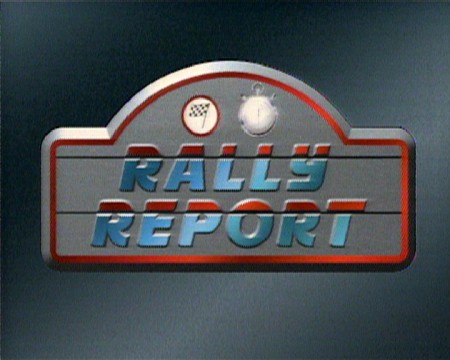
Copyright resides with the original holder, no reproduction without permission
Here is a screen grab of Angela Rippon presenting the first ever episode of the motoring magazine show, Top Gear, stood outside BBC Pebble Mill, from 1977. An excerpt of this episode is included in the following BBC show, Back in Time for the Weekend, episode 3, The 70s: http://www.bbc.co.uk/iplayer/episode/b071c07m/back-in-time-for-the-weekend-3-the-70s
Here is the Radio Times entry for an early episode of Top Gear, from July 1978, courtesy of the BBC Genome project: http://genome.ch.bbc.co.uk/53d7caaca2db42e9af4b102cb6bb061b. You’ll see from the text that the programme was much more consumer and safety conscious than the current iteration of Top Gear:
“Top Gear with Angela Rippon and Barrie Gill
Rippon on the Road
The big holiday rush begins this weekend and many drivers plan to travel through Friday night. How dangerous is this practice? What are the stress factors and what are the signs of fatigue? Angela finds out for herself by night driving to the West Country. Twenty people are killed and over 200 seriously injured each week yet these figures could be cut to one tenth if we used our seat belts. Should we leave it to persuasion or is compulsion the final answer?
Director PHIL FRANKLlN Producer DEREK SMITH BBC Birmingham
TOP GEAR’S TOPICAL TIPS 1. Check over your car carefully, paying particular attention to: engine oil level, water level in radiator, water in the windscreen bottle, all lights working especially brake lights, windscreen wipers functioning properly, brake fluid up to the mark, tyre pressures – not forgetting the spare. 2. When were your brakes last checked and serviced? 3. Check your exhaust pipe is not loose and has no leaks. 4. Seat belts should be anchored securely and remember to use them. S. Most motorway problems are due to over-heating: check the condition of your fan belt and its tension (roughly lin. play). 6. Useful spares for your list: a fan belt; top and bottom radiator hoses; two spare sparking plugs; a set of contact breaker points; a roll of insulating tape; two spare bulbs. 7. Have a good rest before you start your journey. 8. Keep your distance from the vehicle in front. 9. Pull in every two hours, change drivers or stretch your legs. It can all be summed up in the word POWER: Petrol Oil Water Electrics Rubber”
The following comments were posted on the Pebble Mill Facebook page:
Pete Simpkin: ‘How sad you have put this up on the day that Top Gear has reached the nadir of it’s existance with the dreadful news of the filming near the Cenotaph.’
Lynn Cullimore: ‘Better then, not like now with all this terrible publicity because of stupid people. I used to be so proud to work on that programme.’
Ray Lee: ‘I had a spell in VTC editing on Quad 2″ tapes, when this first series went out.’

